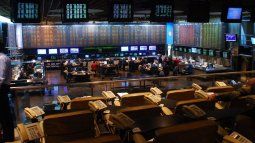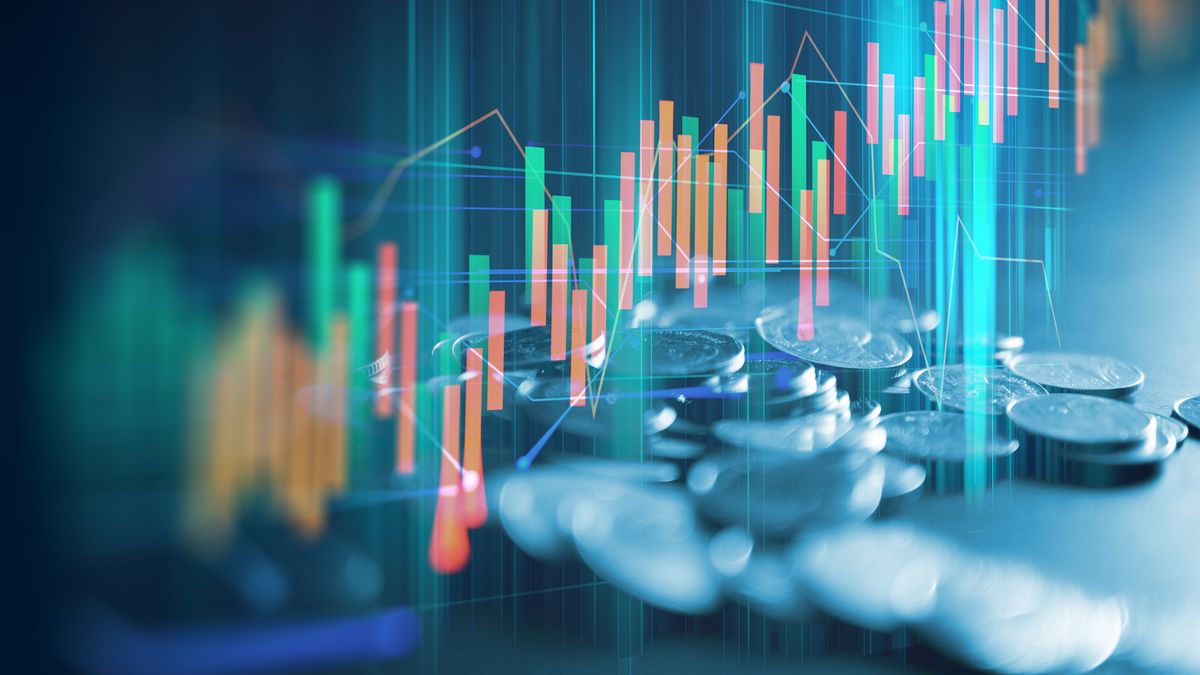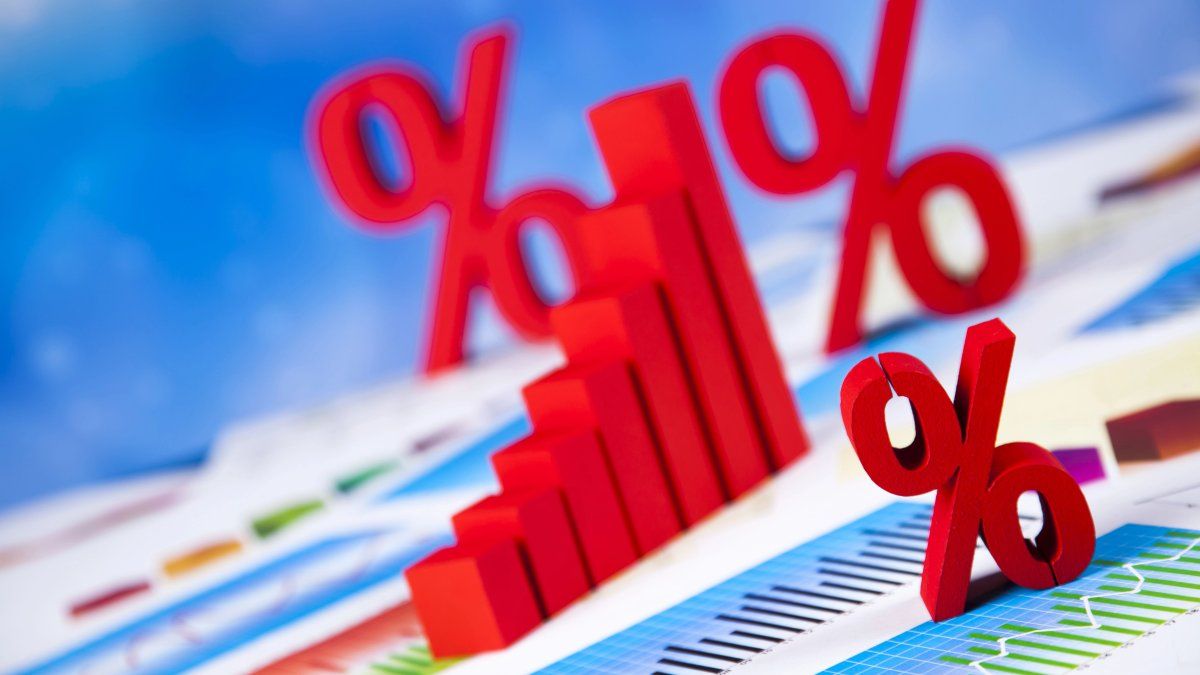The actions in the Buenos Aires stock market showed a mostly positive trend this Thursday and the S&P Merval rose, after the sharp fall of the previous day. Meanwhile, some bonds recovered ground and country risk fell.
The S&P Merval rebounded after falling sharply the previous day and break an eight-day upward rally. Dollar bonds, meanwhile, traded mixed after sinking up to 12% on Wednesday due to the strong intervention of the Government in order to lower the price of the stock exchange rates. The country risk fell slightly after reaching maximums in 6 months. This happened in a day of exchange tension and before the decision of the BCRA to raise the reference interest rate.
The content you want to access is exclusive to subscribers.
The S&P Merval stock index ended with an improvement of 2.3%, to 281,827.48 units, with which it accumulates so far this year a rise of 39.5%. Thus, the lead panel actions which rose the most were Transportadora de Gas del Norte (+6.2%), BYMA (+4.7%), and Ternium (+4.1%). “The S&P Merval advanced, once again with the main ADRs taking the lead, because they continue to be the preferred vehicles both to seek to take advantage of the external momentum and to set up a tactical electoral trade,” explained Gustavo Ber.

The actions of the Argentine companies listed in New York (Wall Street) ended a mixed trend, with increases of up to 2.3%, led by Loma Negra, BBVA Bank (+2%) and Banco Macro (+2%). Meanwhile, the ones that fell the most were those of Adecoagro (-4.1%), Despegar (-3.9%) and Mercado Libre (-1.1%). The New York Stock Exchange closed lower on Thursday. influenced by some disappointments in the wave of corporate results, particularly from Tesla.
Bonds and country risk
The bonds they closed with a mixed trend, after a strong collapse on Wednesday, when they lost more than 12%. The one that fell the most this Thursday is Bonar 2030 (-3.1%), followed by Bonar 2029 (-2.2%) and Global 2038 (-1.9%). Meanwhile, the country risk fell for the first time in four days. The index fell 0.04% to 2,660 basis pointsafter shooting himself in the previous day almost 6% at 2,661 basis points, maximum of 6 months.
According to a PPI report, “Wednesday’s drop was the third steepest since the restructuring in September 2020.” In fact, The last time they had a larger magnitude was July 5, 2022, the date of the first round (working in the US) after the resignation of former Economy Minister Martín Guzmán.
But what happened? The same report argues that “to the somewhat fortuitous climate for EM credit, added a lot of political uncertainty following rumors of cabinet resignations and very little sell-off (zero yesterday) in the soybean dollar 3.0 framework. However, that that was not all.With the objective of appeasing the rise of the CCL, The government sought to intervene in the bond market by selling titles against pesos very aggressively”.
For his part, both dollar-linked and dual sovereign bonds “were in great demand and closed with average increases of 1.5%, highlighting the long stretch of the curve”, said Grupo SBS and highlighted the increases in TV24 (+2.4%), and TDF24 (+2.3%). Finally, the CER segment operated taker in general, with the Leceresque gaining 0.8% and the Bonceres averaging gains of 0.5%.
Source: Ambito
I am a 24-year-old writer and journalist who has been working in the news industry for the past two years. I write primarily about market news, so if you’re looking for insights into what’s going on in the stock market or economic indicators, you’ve come to the right place. I also dabble in writing articles on lifestyle trends and pop culture news.




